For this article, I decided to share my experience in overcoming an injury that almost ended my career in diving but also taught me a few rather valuable lessons. I learned a lot about my body’s limits and abilities, the importance of surrounding yourself with the right people, and never giving up, no matter how difficult the situation seems to be at the moment.
Getting Injured
That day started as an exciting adventure. I was supposed to join a dry cave exploration project a couple of weeks later as part of Peter Sprouse’s team, which I was beyond thrilled about. I had participated in one before, helping to collect some data, and I really loved it.
Together with my friend, who knew the area and had been to that cave before, we decided to go, leave some supplies along the way, and see if we could find another way to the flooded section. We started early, around 7 am because it was going to be a very long hike to the dry cave entrance, followed by some crawling and swimming through semi-flooded sections. To this day, it is probably the most beautiful place I’ve ever seen.
We were supposed to come back to our cars around 6 pm, but there were a few delays along the way so at 4 pm, we were still in the dry cave, hurrying to get out before dark. Being tired, carrying a heavy backpack, and being in a rush is not a great combination when you have to watch your steps on a very uneven slippery surface. At some point, my leg slipped on a slope. The next thing I knew, I was lying on the ground in the most excruciating pain. I immediately knew it was some form of a ligament tear, as I had experienced a mild form of it before, but of course, I had no idea of how severe it was.
I was lying there, scared to take a look at my leg, hundreds of thoughts running through my head. We were still a few hours away from the closest place where I could get help, there was no cell connection, and I didn’t have a first aid kit for this. On top of this, we left spare batteries and water deep back in the cave for the future expedition and were running out of both. Luckily, my friend, a former CIA agent and a Vietnam war veteran, remained calm and collected. He looked me in the eyes and told me not to look at the leg, stand up, and keep going. The other obvious choice would have been to stay in the cave, but then it would mean waiting for a rescue team until the next day, probably the next afternoon, while sitting alone in the middle of the jungle with no lights and no water. So, I stood up and kept walking. We decided to make a shortcut directly through the jungle, following the compass and the map we had on the GPS device.
Walking through virgin jungle is not fun, even if your leg is fine, but even less so when it is injured. I am talking about dense trees and bushes, uneven slippery terrain with a lot of rocks along the way, and tons of mosquitoes. I lost track of time, but I knew it was past 7 pm and completely dark out there when we reached a house in the middle of nowhere. Someone put a big bag with ice on my leg, and then I finally took a look at it. It was extremely swollen and started to turn almost black. I decided to go to the hospital first thing in the morning, telling myself that it couldn’t be that bad since I was able to walk on it for a long while.
The First Weeks After
Fair enough, pretty fast after seeing a doctor and doing a few studies in a hospital, I realized that it was worse than I thought it was. I’ll try to explain it, but bear in mind, I’m not a doctor, just following what I understood from the pro’s explanation.
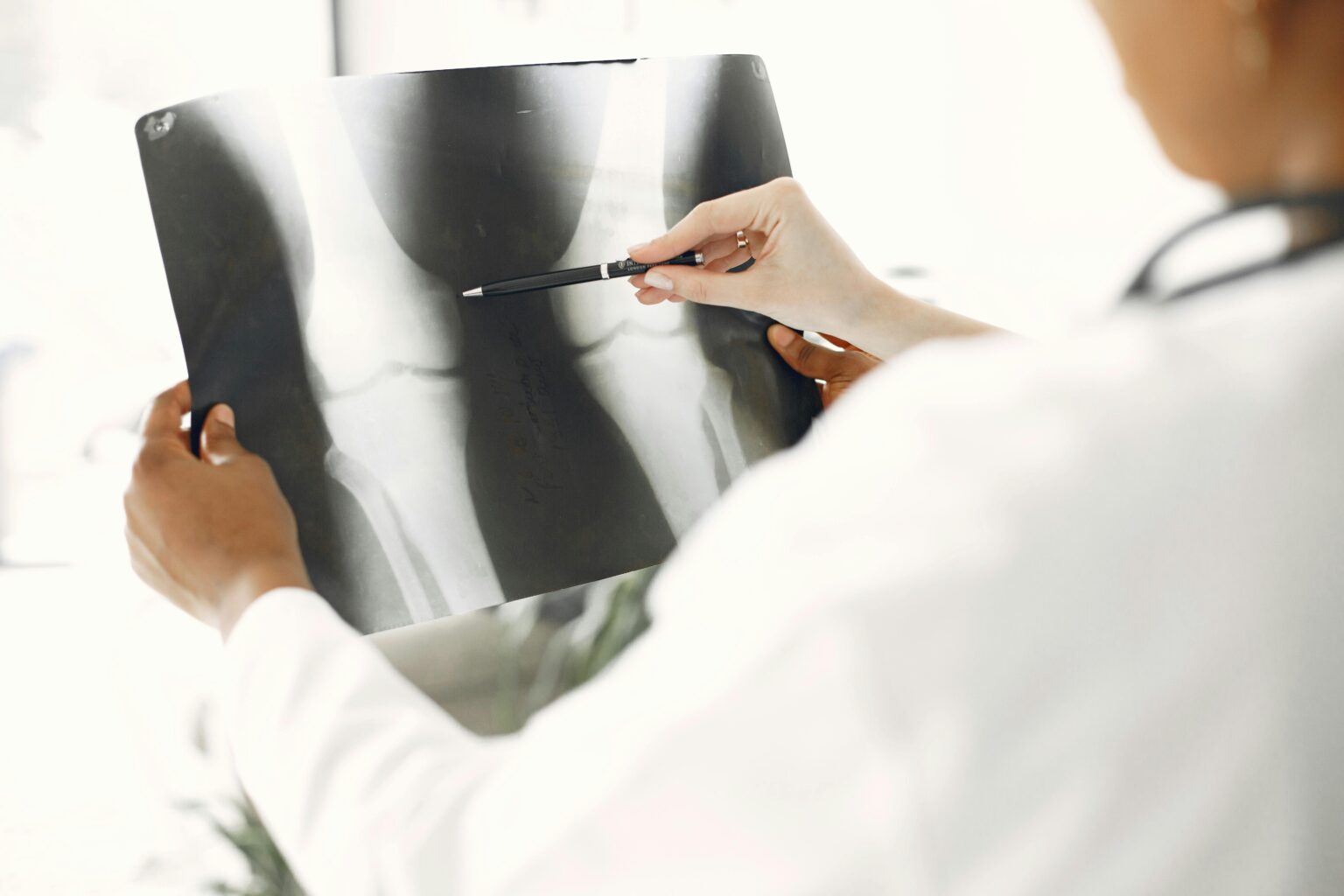
A quick tour into the anatomy of our knees: there are several ligaments that connect the thigh bone to the shin bone to stabilize the joint. They are the anterior cruciate ligament (ACL), posterior cruciate ligament (PCL), medial, and lateral collateral ligaments. The ACL and PCL cross each other within the joint to keep the shin bone in place. The collateral ligaments run down each side of the knee, controlling side-to-side movement and stabilizing the knee. I had some tears of the ACL, and my collateral ligaments were also damaged. I think my previous knee injury made it a “weak” point. Also, my ankle ligaments were partially torn. Injuries of any of these structures take a long time to heal, put you at a greater risk of developing future joint instability, decreased range of motion, and consecutive injuries.
For me, it meant I had to stop doing what I was doing for a living: I was working full-time as a guide and dive instructor. I had so many plans and bookings, my intro to cave instructor evaluation was coming, and that dry cave exploration project was around the corner… That was quite difficult to digest. I have had a lot of injuries during my life, from broken bones and concussions to torn muscles, and I was always able to recover quite fast, which made me hopeful. I expected to recover quickly and get back to my life.
I did my research and found a physiotherapist in the area who worked with football players and dealt with these types of injuries a lot. I was in his office soon after the incident and did everything he told me to, religiously. Still, remember crying out of fear when he made me stay and lean on the injured leg for the first time. I underestimated how much our mind tries to protect us from pain and had to start my recovery trying to break that post-stress disorder syndrome in my brain.
Fast forward a couple of months and many physiotherapy sessions later, I was able to come back to normal life. Walking, doing gentle yoga, and regular daily activities. My leg remained swollen at times, as I still had some pain, but that was tolerable. The therapist told me that I had recovered back to the basic function, but not the level required for sports, so basically enough to walk, but not enough to perform any complex movements. So I decided to go for a dive to test it out.
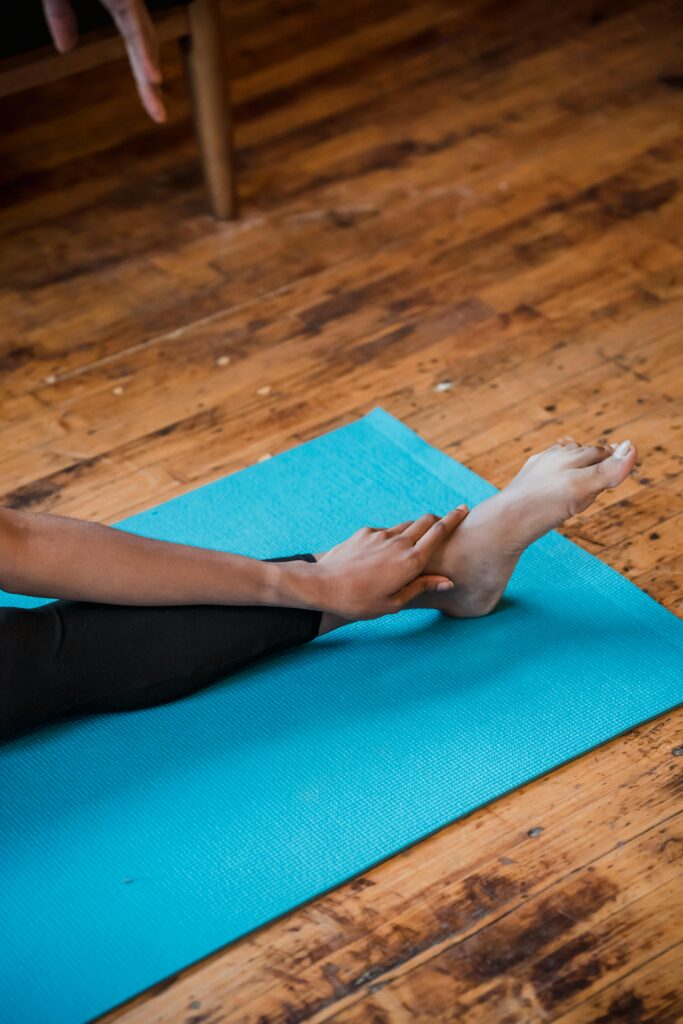
When diving, especially frog-kicking, we put stress on our ankles with the rotational movement as well as lateral tension on the knees. Which I, of course, knew, but I didn’t realize how much tension it actually is, especially with heavy fins on, until I went for that dive. I went to cenote El Eden, a great place for training, cavern, and cave diving. The plan was to go for a cavern dive, keeping it super simple. I managed to go as far as the beginning of the cavern line and had to call it. I had to use my hands to swim and the team’s help to get out of the cave and surface. It hit me in the parking lot. The full realization that I wasn’t able to dive and that full recovery would take much longer than I thought. I didn’t really know if I’d be able to dive ever again. On top of that, I couldn’t afford not having a job for much longer and had other personal issues that seemed to be unsolvable at the time. So I made a decision to move back to Europe.
Taking a Break
While I had no other choice but to stop diving, it wasn’t an easy decision by any means. I had to leave my whole life behind, and I still remember staying in the departure zone of Cancun airport and having no idea what I should do. Luckily, my family and friends stepped in. I will forever be grateful for all the support and help I received. Having a strong support system is one of the most important steps in rehabilitation.
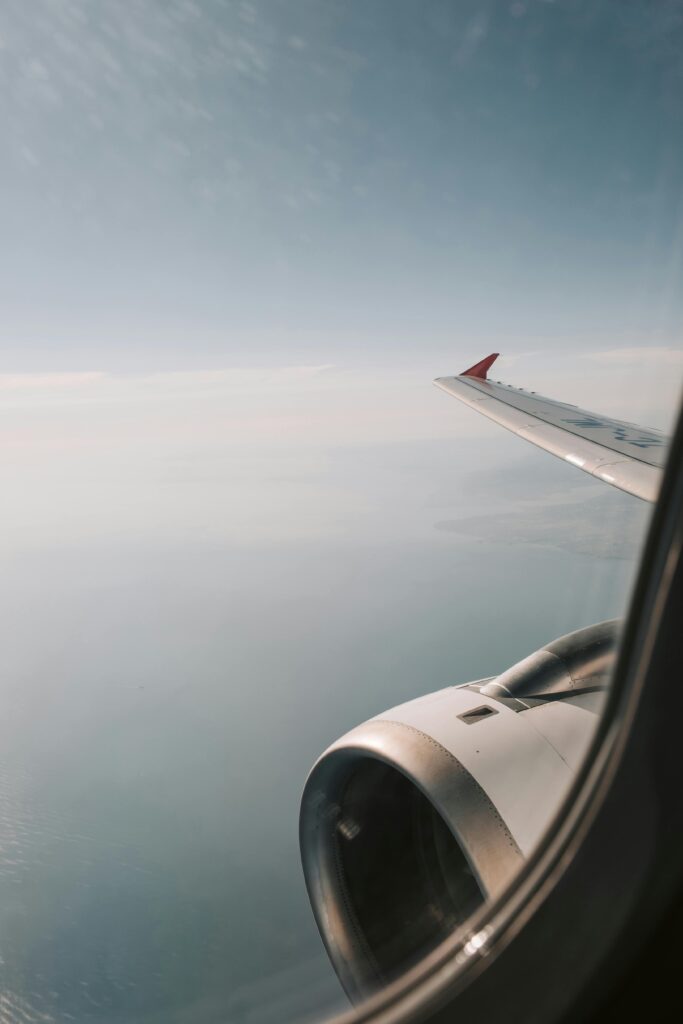
Within the next couple of months, I had rounds visiting different doctors and they all told me that I didn’t have many options. Option one was a reconstructive surgery, but because I already had scar tissue inside, chances that it would become better than it was were not very high. Option two was to just leave it as is and hope that it would heal better with time. Which, to me, seemed to be a very passive way to deal with any issue.
Outside of diving, I always had a very active lifestyle, training 5 times per week. I enjoyed running and even dry caving. I realized that I did not understand anymore how to train and where my limits were. I went for walks, but my leg got swollen and hurt afterward. I was scared to do my regular gym activities and make it worse.
I decided to study the issue myself and took six months of training to become a certified personal trainer and nutritionist. I learned a lot about our bodies, how all muscles and joints work, and devoted numerous hours studying all I could find on the topic. I figured out movements that worked for me and the ones that put too much stress on my joints and provoked inflammation and pain.
I had to retrain my whole body to move in the way it used to before the injury. Regaining endurance, strength, and mobility took me almost a year. My focus was on building strong leg muscles to support my knee while working on mobility and coordination to leave the fear of fully using my leg again behind.
Since it affected me not only physically but also psychologically , I sought professional help from a therapist to address emotional stress. Along with support from my family and a lot of self-work, I slowly picked myself up. I learned to listen to my body and to trust myself, to be patient with the process even if the end result is not obvious, to be present in the moment, and enjoy small things.
Going Back to Diving
One day in the middle of this long journey, I felt like I was ready to try diving again. So I went on a liveaboard to Egypt, planning a week of recreational diving with minimal effort. I had no expectations since I realized that the way we move our bodies underwater and kick cannot be fully replicated on the surface. I didn’t know how my leg would react to this type of strain. I was pleasantly surprised that I was able to kick with very moderate pain and still had my diving skills. Of course, there were some limitations, diving against a strong current was not possible for me anymore, but all in all it was good.

During the COVID Pandemic, I moved by the Ionian Sea to be able to dive more and even work part-time with the local dive shop. I didn’t feel as sharp and precise as I used to be underwater, but I decided to give myself all the time I needed.
Later on, I met a brilliant Pilates instructor, and she became my personal trainer for a few months. We worked together on core stability, imbalances, and tried different exercises to help me compensate for the injury and become a better diver. I had a different job at the time, but deep down never stopped being a cave diver, I guess. Somehow I trained for it even though I had no apparent plans to come back to Mexico or make it my main occupation again. In late November 2022, I got offered a job on a liveaboard after two weeks of diving with them. I declined the offer, but it made me think – maybe I was ready to become a dive professional again.
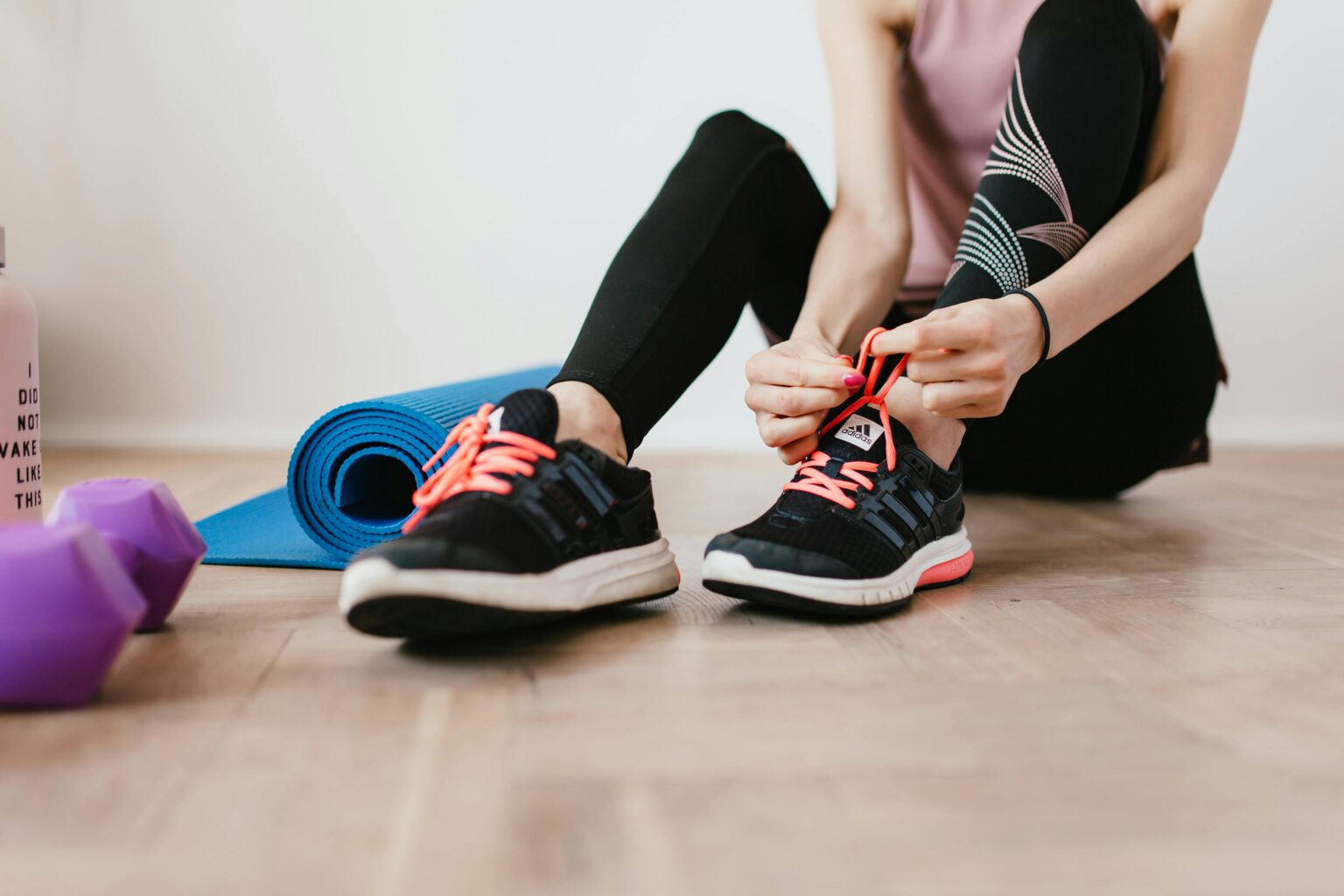
I was probably in the best shape of my life, both physically and mentally. I finally had another MRI on my knee and was told that it was as good as it could be, I felt like I was fully recovered. It will never be 100%, but it wasn’t holding me back from doing what I loved anymore. Fast forward a couple more months – and I joined the ProTec team and moved back to Mexico.
Being a Pro Again
Now I work full-time as a dive professional again, guiding, teaching, and learning about myself. But now I know better. I realize that my kicks and movements, while being functional, will never be as sharp as they used to. I’m constantly learning new things about diving and trying to become better within my physical limits. Having a good mind-body connection, thanks to all my training, as well as a strong core, helps a lot.
I learned when to switch in between the kicks to release tension from the joints and how to stay within my range of motion. Nowadays, my tool of choice is Sidemount because carrying one tank at a time puts less stress on my knee. I also prefer to use lighter (neutral) fins to make it easier on my ankle (not the only reason, but one of them).
I always try to be very mindful of my movements and avoid certain exercises while remaining very active and following my training regimen. I do some form of stretching almost every day. You will never catch me kicking against high flow for a long time (if it comes to that, I’ll use DPV).
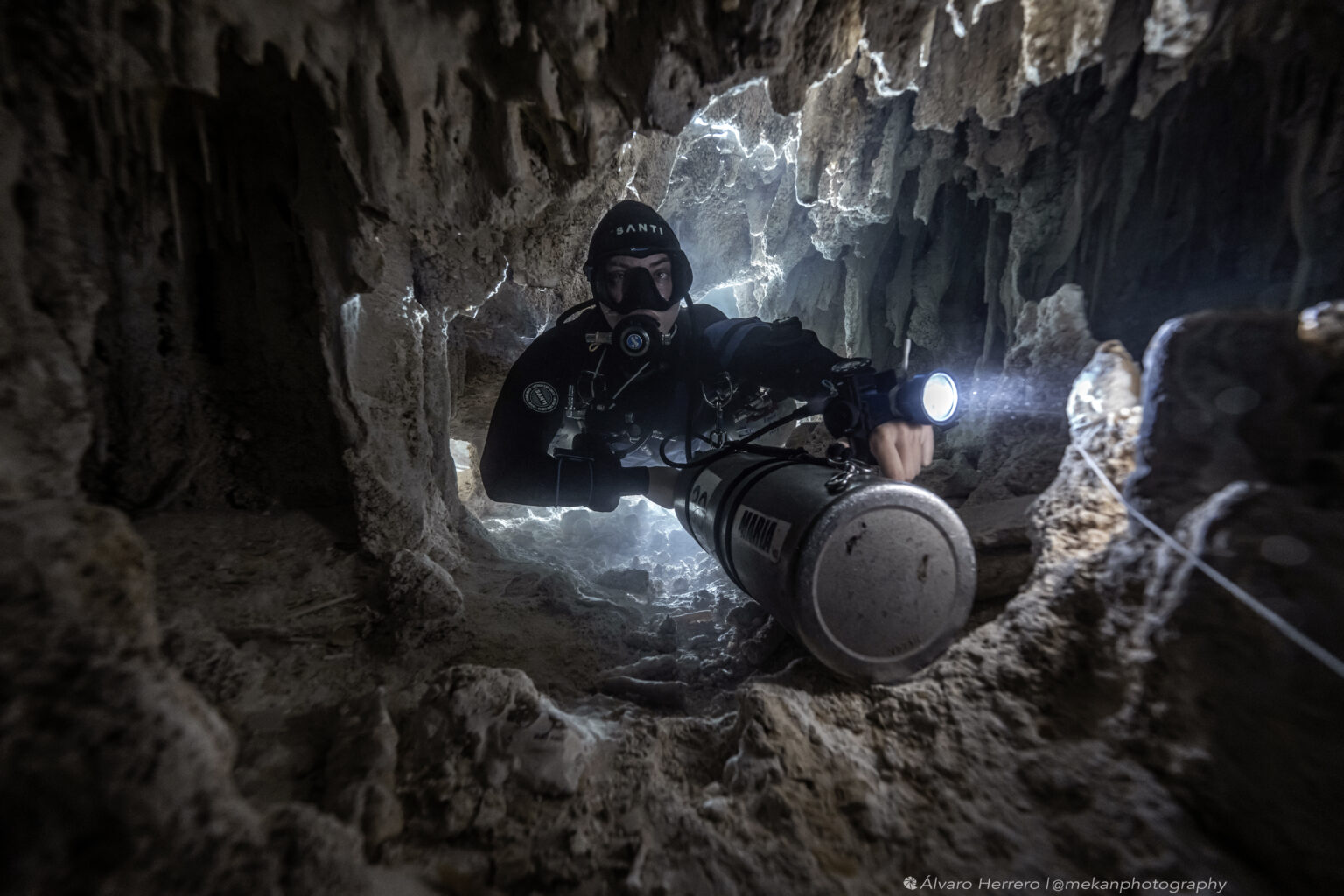
Also, I had to quit running and think twice before going for long hikes. There are still things I’m working on. It is hard for me to take a break and rest when needed, but I try my best to listen to my body and slow down when it reaches its limits. Some rainy days I wake up, and all of my injuries just hurt badly. I accept it and most of the time feel better when I hit the water. I now know that there is always time to push yourself but also time to recover. I put an effort into having some sort of work-life balance to help myself stay mentally healthy and focused.
I know a lot of divers and athletes who overcame different injuries and came back to their sports. If you are going through something like this, I hope my experience can motivate you to move forward. Our bodies are capable of amazing things. Seek all the help you can get, take it slowly, and believe in yourself. Also, be realistic with your expectations and accept the limits you have. It’s not about giving up; it’s about respecting your own needs and taking care of yourself. It is never easy but maybe it will teach you a lesson about yourself that you didn’t even know you had to learn.
